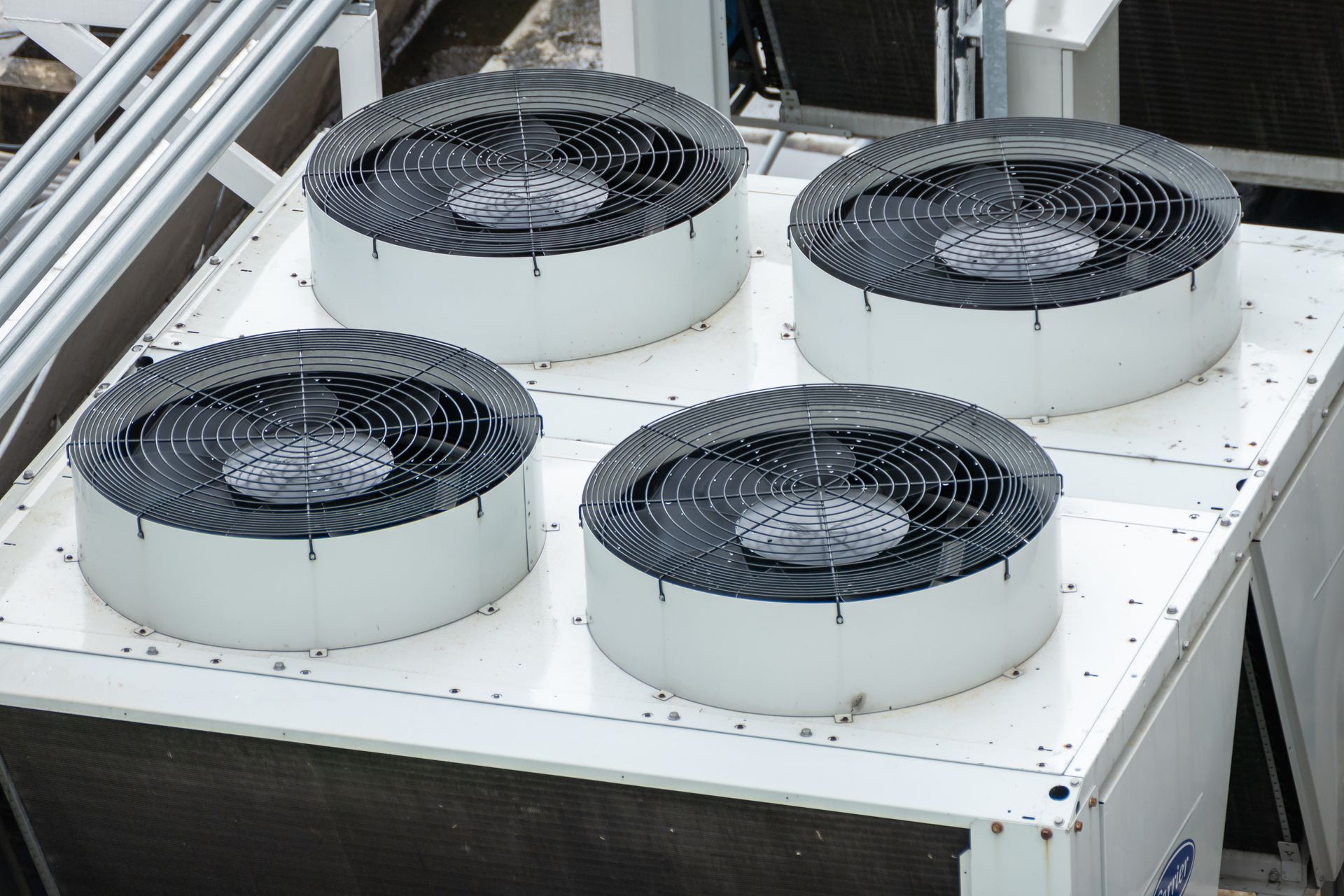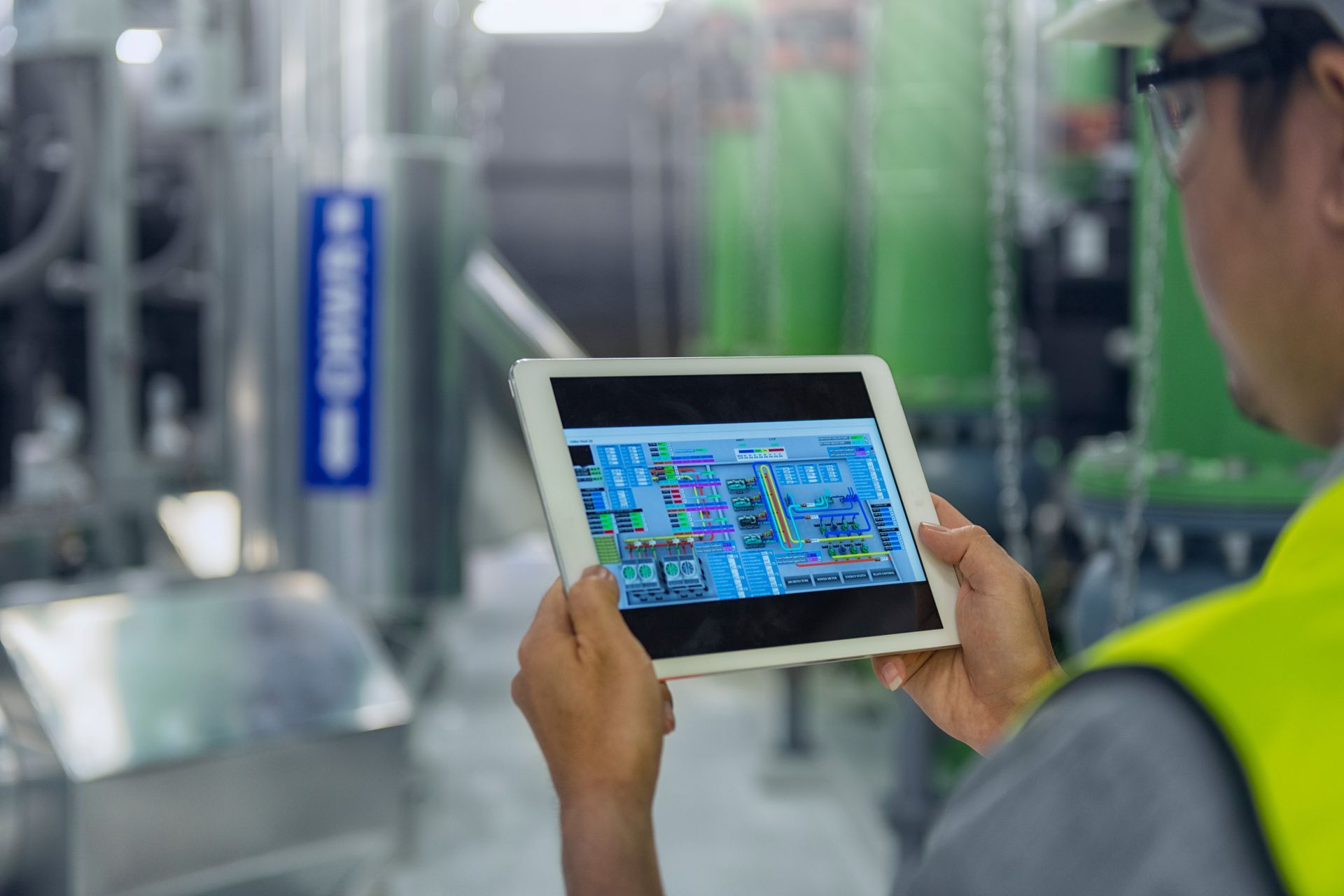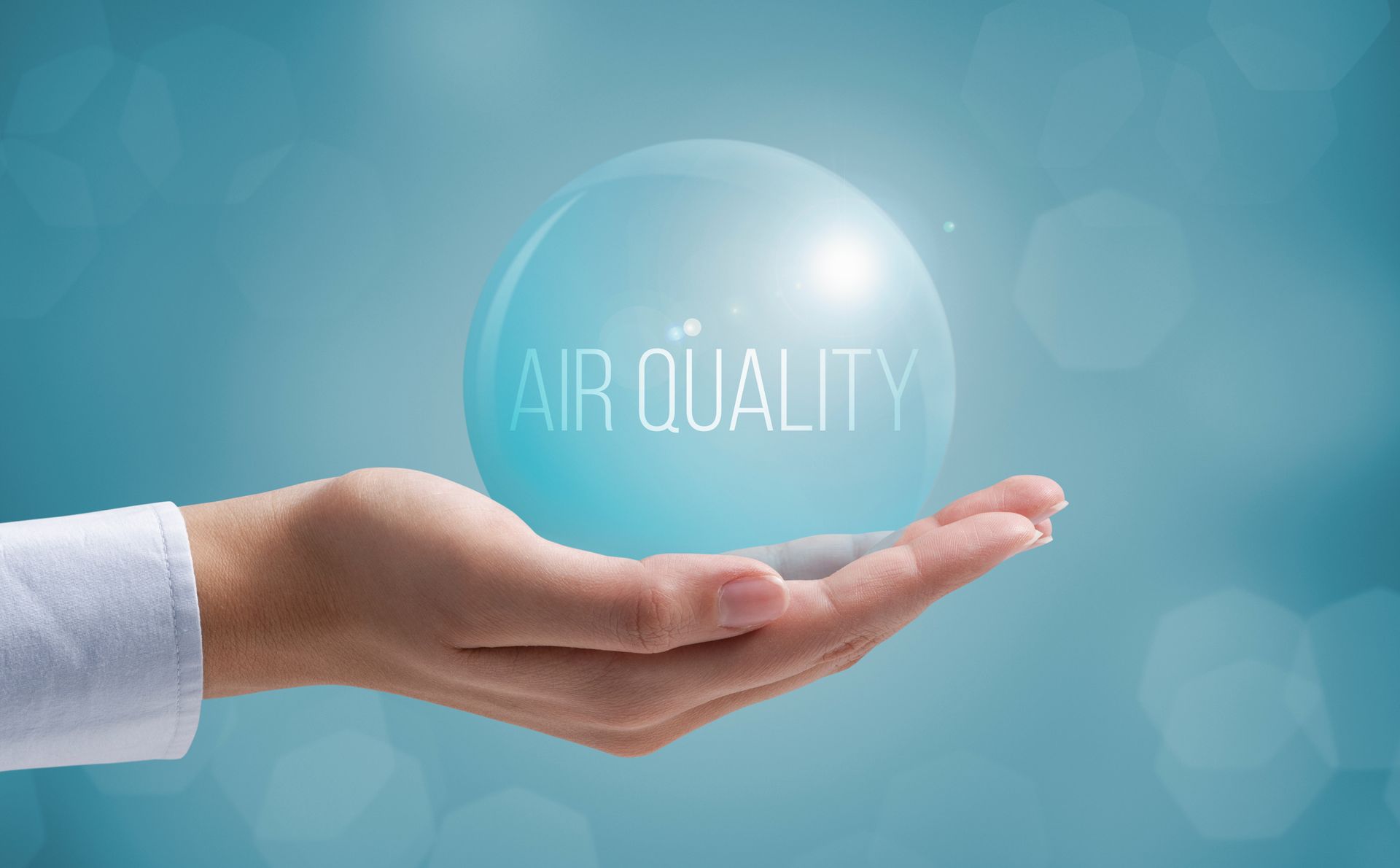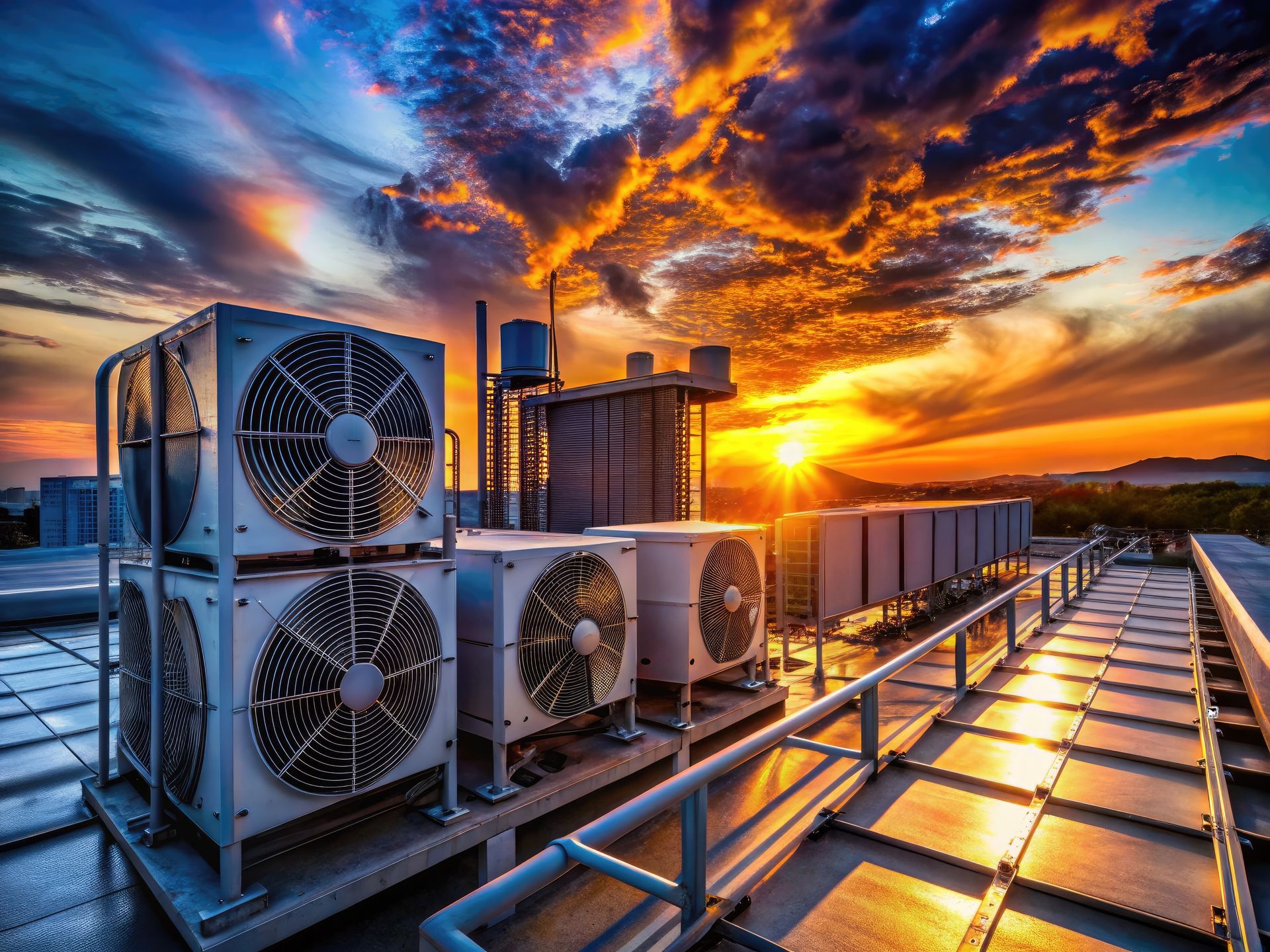How to Combat Humidity with a Commercial HVAC Unit
Share
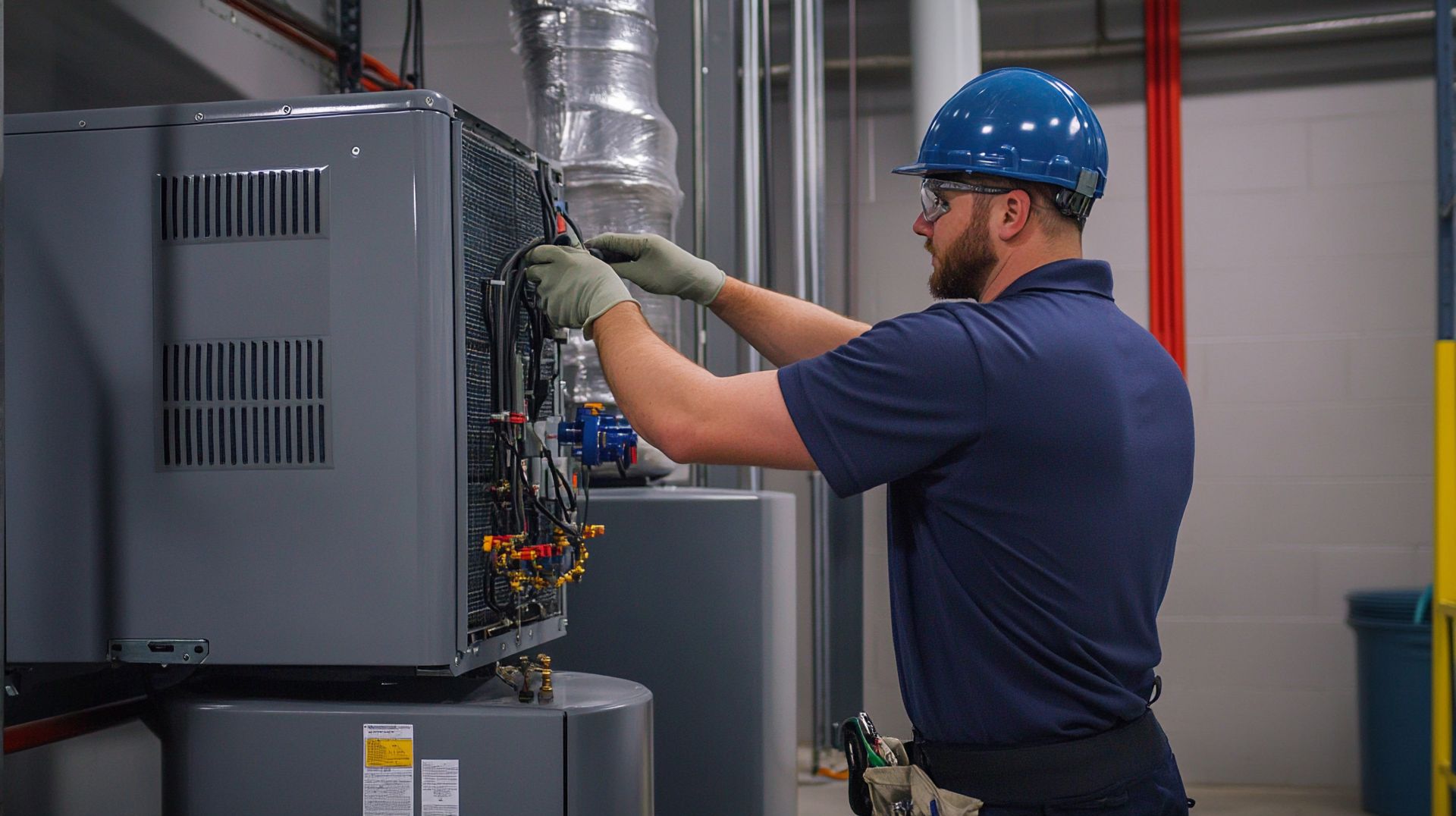
Excess humidity in a commercial building can lead to discomfort, mold growth, equipment damage and decreased air quality. In Arlington, TX, where humidity fluctuates throughout the year, businesses need effective climate control solutions to maintain a balanced indoor environment.
One key difference between commercial HVAC systems and the residential systems most people are familiar with is humidity control. Large buildings with variable occupancy present unique challenges in maintaining consistent humidity levels, and commercial HVAC systems are designed to regulate moisture effectively despite these challenges.
Why Humidity Control Matters in Commercial Spaces
When indoor humidity levels rise above 50 to 60 percent, buildings may experience:
- Poor air quality from increased mold, mildew and dust mites.
- Uncomfortable indoor temperatures, making spaces feel warmer than they are.
- Damage to electronics and equipment from excessive moisture.
- Structural issues, such as condensation on windows, warped flooring and peeling paint.
- Increased HVAC strain leading to higher energy costs and reduced efficiency.
Proper Sizing and System Configuration
A commercial HVAC system must be correctly sized to effectively regulate temperature and moisture levels. An oversized unit cools the space too quickly and may fail to effectively remove humidity before shutting off. A right-sized system runs long enough to dehumidify the air while maintaining consistent cooling.
Routine Maintenance for Optimal Dehumidification Performance
Even the most advanced commercial HVAC system can struggle with humidity control if it isn’t properly maintained. Over time, clogged filters, dirty coils and blocked drain lines can reduce efficiency and lead to excessive moisture buildup inside the building. Regular maintenance is essential for ensuring that the system continues to effectively regulate humidity and prevent costly issues.
Advanced Dehumidification Features in Commercial HVAC Systems
Dedicated Outdoor Air Systems (DOAS)
Unlike most residential systems, which primarily recirculate indoor air, DOAS units bring in fresh, conditioned air while actively managing humidity levels. These are commonly used in schools, offices and industrial buildings where consistent air exchange is necessary.
Reheat Coils for Dehumidification
Many commercial systems include reheat coils, which allow the HVAC system to remove moisture from the air without overcooling the space. This is useful in buildings where humidity fluctuates independently of temperature needs, such as churches and auditoriums.
Variable Speed Compressors and Fan Control
While some high-end residential systems have variable speed features, commercial HVAC units are often equipped with advanced humidity sensors and multi-stage controls that allow the system to adjust airflow and cooling power specifically for moisture removal.
Integrated Dehumidification Modes
Many commercial rooftop units (RTUs) and split systems have built-in dehumidification cycles that operate separately from cooling. These cycles use longer, slower cooling runs to maximize moisture removal without making the space too cold.
Makeup Air Units (MAUs) with Dehumidification
In larger commercial buildings, MAUs condition incoming air before it enters the space, reducing humidity at the source. This is especially critical for industrial facilities, warehouses and schools, where large amounts of air need to be conditioned efficiently.
Why Are Specialized Dehumidification Features So Important in Commercial Settings?
HVAC in commercial settings is complicated for a couple of reasons. First, commercial structures by their nature have much higher occupancy, more frequent exposure to outdoor air, and experience significant humidity fluctuations due to people, equipment and environmental factors.
Second, they have far more capacity than residential units because they must cool a much larger space. Oversized cooling systems can potentially struggle with humidity control in some circumstances because they can cool too quickly, meaning they don’t run long enough to properly dehumidify indoor air.
This is particularly common in commercial structures that experience varying occupancy levels and cooling needs at different times of day.
Some industries, like manufacturing or healthcare, may also have stringent humidity requirements that aren’t present in residential or other commercial applications. An HVAC system that effectively manages humidity without separate equipment can help extend system lifespan and improve air quality and comfort.
Learn About Effective Humidity Control Solutions for Your Facility in Arlington
Tom’s Commercial provides tailored HVAC solutions to help businesses in Arlington, TX manage humidity effectively. Whether you need a new system, dehumidification upgrades or ventilation improvements, we are here to ensure your building stays comfortable and energy-efficient year-round. Call us at 817-857-7400 to schedule maintenance, repairs or a replacement quote.

